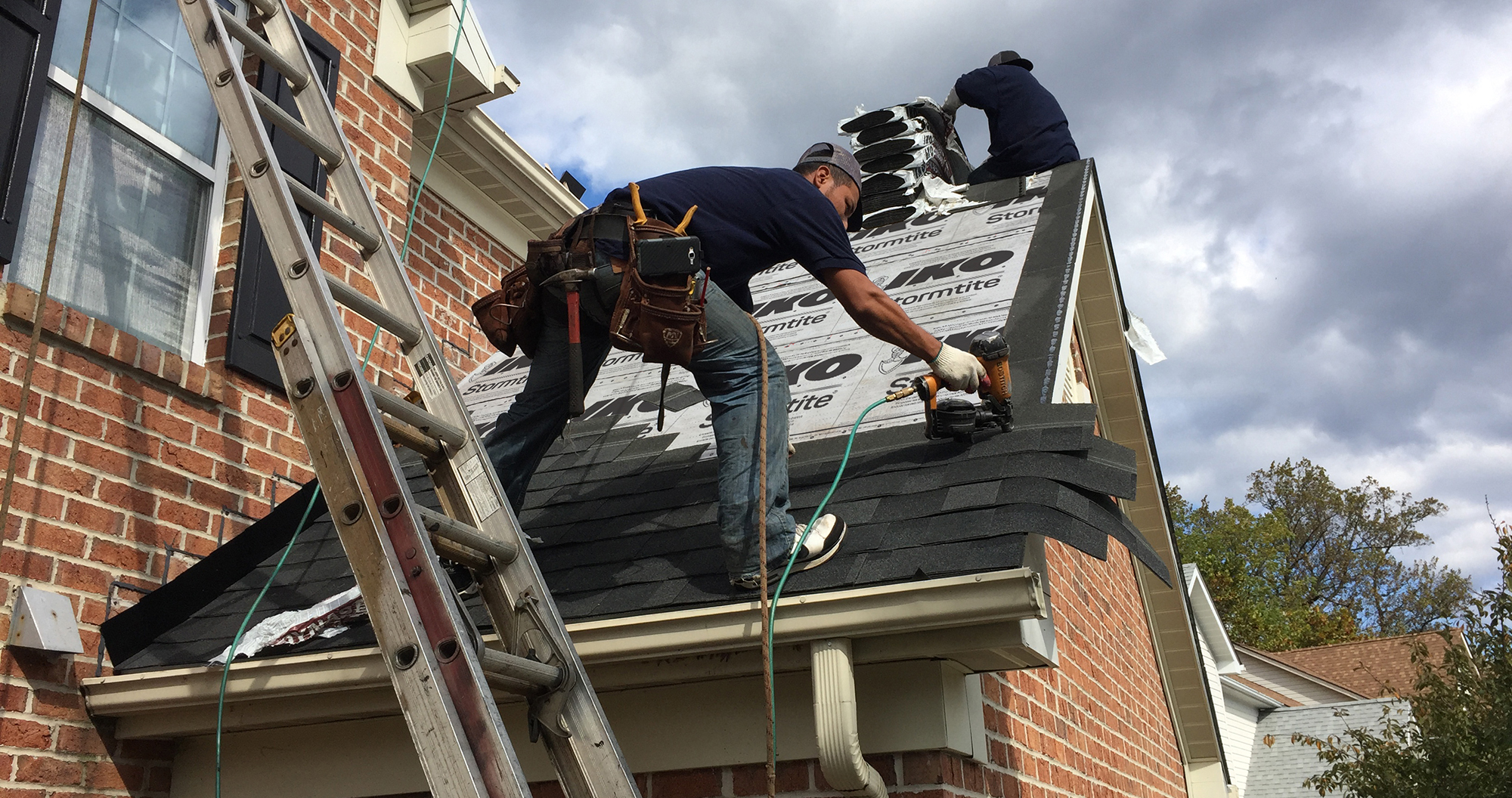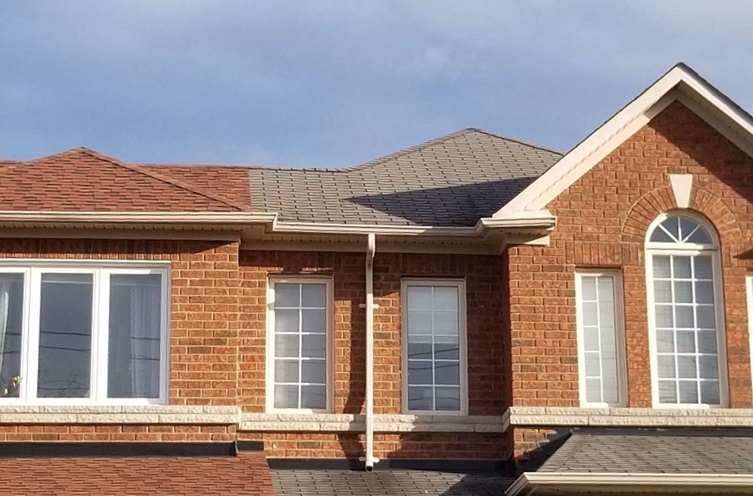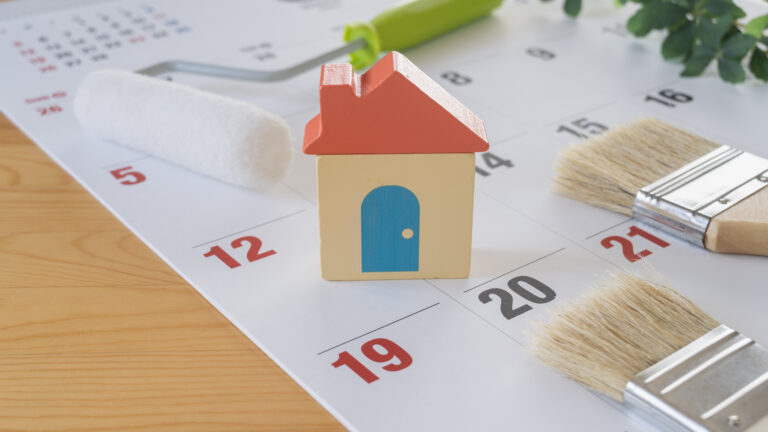Help! My Neighbor’s Roof Is Leaking Into My House!
Table of Contents:
- Identify the Problem
- Communicate for better Preparation
- Make an Effective Presentation
- Before You Meet with Your Neighbor
- During Your Meeting
- After Your Meeting
- Share Payment
IKO has a four-step process to help you win your neighbor’s support in replacing the roof over both your heads
There’s a well-known expression that “good fences make good neighbors.” But if you live in a semidetached home or in a unit of a townhouse complex, that may only work outdoors for your yard or patio area. Indoors, you share walls and living space under a common roof. And if your neighbor has an issue such as a damaged roof, it could easily become your problem too.
Whether you own or rent, your personal safety and comfort rely on taking good care of your home environment. You feel a responsibility to have any necessary repairs made. But what if your neighbors don’t feel the same obligation? Do they even know that their property is causing problems for you? If your neighbor won’t replace his side of the roof or if a shared roof neighbor refuses to pay, what options do you have?
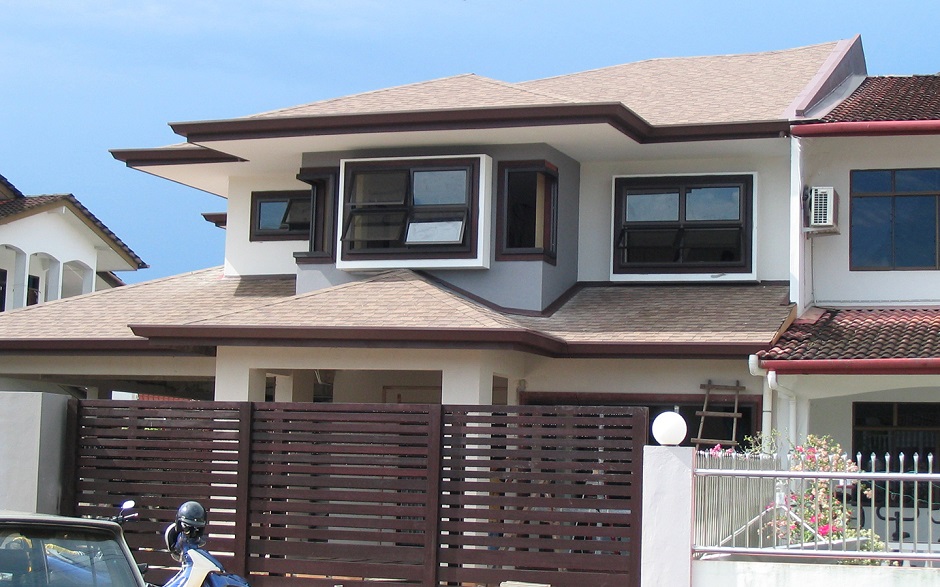
In this article, we address the most common problems when neighbors share a common roof and suggest some ways you can effectively communicate your concerns, obtain their buy-in to get the job done and, ideally, share the expense of a roof replacement.
Please understand that this article is meant to provide information of a general nature and is not intended as legal advice or as a substitute for appropriate legal counsel. The issue is complicated because real estate and contract laws, building codes and related matters vary by location and legal jurisdiction. Please consult with legal counsel in your jurisdiction for further guidance as necessary.
The goal of this article is to help you with the soft skills required to achieve the outcome you desire, but it’s necessary to provide some background information as well. Our four-step process includes the following points, and each will be discussed in detail below.
1. Identify the PROBLEM.
Here are just three reasons why you may believe a new roof is necessary. Each involves a varying degree of urgency. Before you take the next step or talk to anyone, identify the problem you need to address and resolve. These examples appear in order of priority.
- Emergency repair. Is your neighbor’s roof causing a leak? Visible signs may include:
- Water dripping from your ceiling.
- Mold forming on your walls.
- Shingles blown off and lying in your yard.
- Storm damage from high winds or hail.


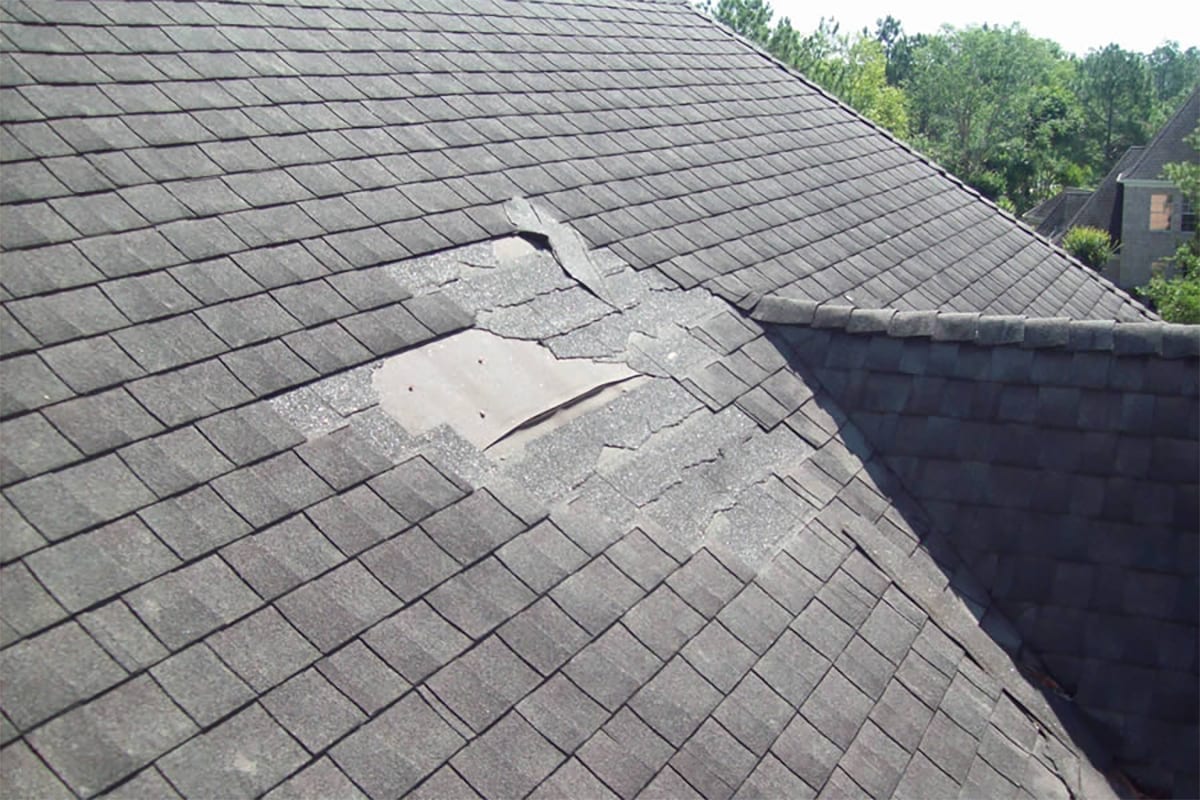
- Long-term service. Is your neighbor’s roof falling apart? All roofs weather and wear out over time. Your common roof may have outlived its useful service life and/or limited warranty period.
- Have most of the shingles’ surface granules worn away and built up in your eavestrough, such that the shingles’ asphalt layer is exposed?
- Are there shingles missing, severely curling up or buckling?
- Are there outward signs or noises heard indoors indicating an issue with animals damaging the roof to gain access or living in the attic?
If so, be proactive and have the roof repaired or replaced before such damage leads to much bigger, more costly problems that might even endanger your family’s health.
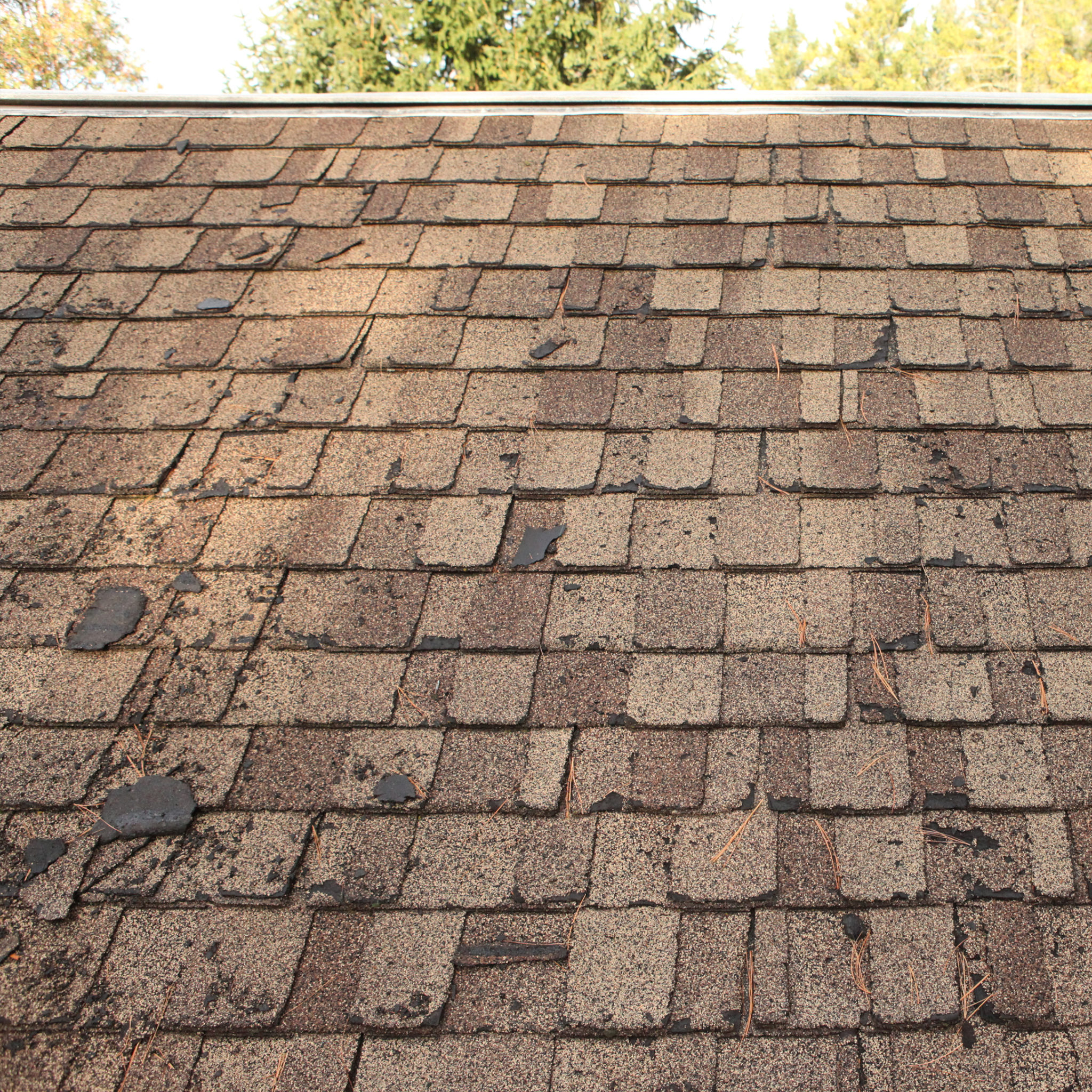
- Aesthetics. What if your neighbor’s roof doesn’t match yours? Curb appeal is important to maintain and is a wise investment if you’re planning to sell your property. A new roof can dramatically boost your home’s appearance and potentially its resale value.
Here are some factors that can detract from the look of your home:- The color has faded over time due to exposure to sunlight/UV radiation.
- Blue-green algae has caused unsightly black streaks or discoloration.
- Shingles look dated or they could match the home’s architectural style better.
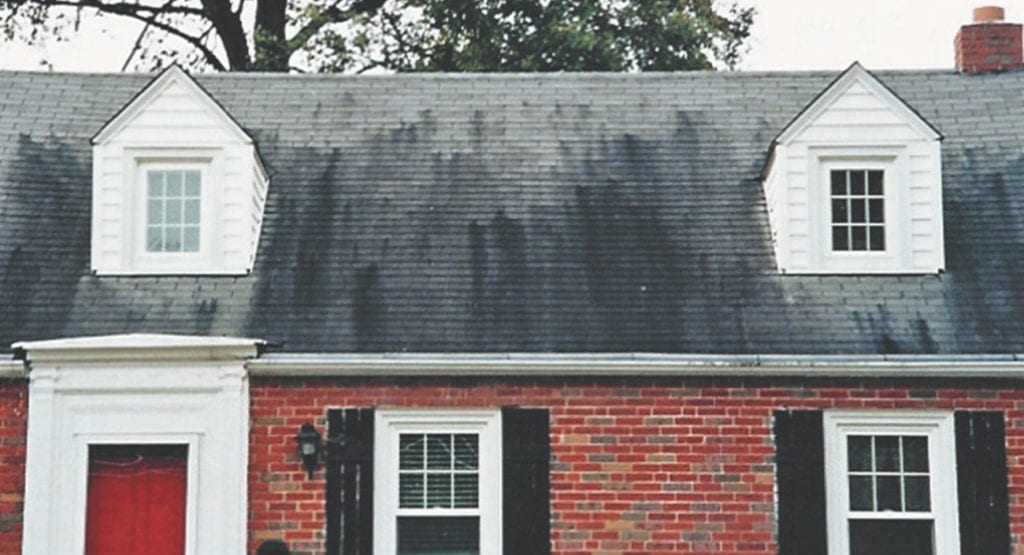
If you own a semidetached home, it will be much easier to upgrade your roof for aesthetic reasons than if you’re living in one unit of an entire complex. More on this below.
2. Communicate for better PREPARATION.

Once you know exactly why you want or need a roof replacement, you must find out who is responsible for helping you get one before you talk to your neighbor. Why? Because to achieve your desired outcome, you need to tailor your talk or presentation to your joint unique situation.
For example, your neighbor will offer far less resistance if someone else will foot the bill. However, if you and your neighbors must bear the cost, you’ll need very persuasive reasons and solid benefits to counter any objections and obtain their financial support.
There are three possibilities of who might be responsible for sourcing and paying for a new roof, depending on whether you own or rent and whether your home is a semidetached house or one unit among many in a townhouse complex. They are:
- Homeowner associations (HOAs, sometimes called condo boards, stratas or co-operatives).
- Landlords.
- You and/or your neighbor(s).
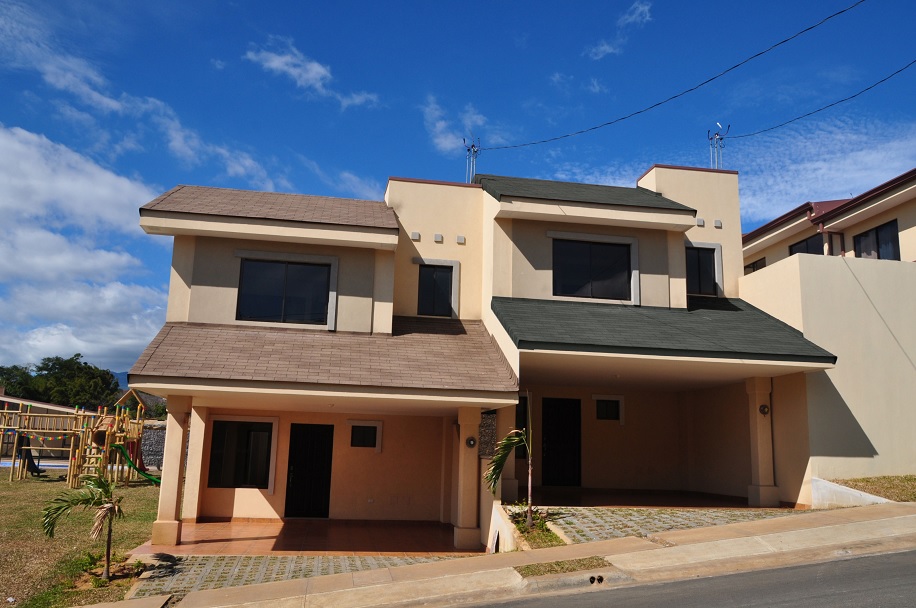
Whether you own or rent a unit in a townhouse complex, it will typically be administered and maintained by a designated body or board most often called an HOA. The group usually consists of the property manager, complex owner(s) and a panel of volunteer homeowners who are elected to serve for a specified term.
HOAs have a legal and fiduciary responsibility to maintain the property value their owners have invested in it and to ensure the owners’ entitlement to “enjoyment of the premises.” A capital investment reserve account of funds is typically set aside to pay for property improvements, such as landscaping, pool and common area maintenance, accessibility or environmental upgrades as well as necessary repairs.
The latter may or may not include roof replacement, so you must check governing documents, such as your lease or purchase agreement. In many cases, the unit owner is responsible for all structural elements, including the roof.

If the terms clearly state that the HOA is responsible but sufficient funds are not in reserve, a “special assessment” may be levied, requiring all owners to contribute equally.
If you find that you are, in fact, fully responsible for maintaining or replacing your roof, be sure you understand any restrictions. For example, your community or HOA may prohibit materials other than asphalt shingles.
3. Make an effective PRESENTATION.
For the purposes of this article, let’s assume that you own the property, and it’s your responsibility to have the roof replaced. Whether your home is a freehold townhouse or a shared duplex, you must deal with your neighbor(s) before approaching an HOA or a landlord (if, for instance, you own your semi, but your neighbor rents his), or sourcing a contractor.
Here are some tips to help you now that you’ve done your homework and understand what you can and cannot do. Don’t let the word “presentation” scare you! We simply mean approaching your neighbor to have an open, but well-planned and carefully structured discussion that achieves your goal: having your neighbor share the cost of a roof replacement.
Before you meet with your neighbor…
- Prepare yourself on paper. This will help minimize any nervousness you might feel by bringing clarity to your objective and guide the conversation in a positive direction.
- Think of different problems when neighbors share a common roof. Jot down one or two, but no more than three, reasons why you want to have the roof you share replaced. Put them in order of priority.
- Describe how each reason will benefit your neighbor. Everyone wants to know, “What’s in it for me?” This is especially true when asked to share costs. If possible, try to attach an emotion to each benefit. Here are some examples.
- Get the peace of mind that comes from knowing a new roof provides your neighbor’s family with better protection and shelter from storms.
- Avoid the hassle and expense of larger problems or damage in the future.
- Potentially reduce home energy costs with a new roof of highly reflective shingles.
- Possibly boost your home’s resale value by enhancing its curb appeal, especially when shared roofs share the same aesthetic and service life.
- Give your property a more upscale appearance and air of prestige.
- Save money on a shared quote for multiple roofs.
- Anticipate any objections your neighbor might have. Prepare answers to overcome them. The obvious one is cost but there are others, such as possible disruption and noise (especially if your neighbor works from home), concern for protecting children, pets, pools, cars and landscaping, length of time the project may take and scheduling issues, etc.
- Rehearse your presentation but don’t memorize it. If you’ve prepared a “script” based on the tips above, become very familiar with it. Visualize yourself having the discussion with your neighbor and practice delivering your points out loud. This will make you feel more confident and comfortable. Just don’t read your script verbatim or even take it with you when you meet! A few bullet points on a notepad will ensure you don’t forget the main points you want to make.
- Ask your neighbor for a convenient time to meet. By setting a day and time in advance that works for both of you, you’re not only respecting his or her time, but you’re also committing yourself. This is helpful if you’ve been putting off this conversation for some reason.
- Give yourselves enough time so that no one is feeling rushed or pressured. If you know each other well enough to be comfortable, invite your neighbor into your home for a relaxed discussion over refreshments.
During your meeting…
- Be friendly, polite and courteous. Smile and make good eye contact. After you make a point or ask a question, be sure to pause and listen attentively to your neighbor’s response. When we’re busy thinking ahead to what we’re going to say next, we risk not hearing what others tell us and often miss something important.
- Follow your rehearsal script. You’ve already done the heavy lifting in preparing for the meeting. Now just deliver the points you wanted to make. State the problem and your objective for meeting. Describe mutual benefits, discuss possible solutions and overcome objections.
- Take notes. Not only will this help you remember the things you discussed, but it also shows your neighbor that you value what he or she is saying enough to make the effort of writing it down.
- Share any information you may have gathered. If you and your neighbor have the option of selecting the shingle style and color for your new roof, share any product brochures or samples you may have obtained from your local building supplier. Invite your neighbor to keep and review these materials at his or her leisure.
- Stick to the facts. Don’t allow emotions to derail the conversation or create conflict. If your neighbor becomes upset or angry over some detail, calmly acknowledge his or her feelings, empathize and suggest alternatives or a compromise, if possible. This is why it’s so important to anticipate objections and think of solutions before you even meet.
- Negotiate and agree on next steps. People tend to think of negotiation as an adversarial process in which there’s a winner and a loser, but that’s not true. We’re always negotiating things for mutual benefit, and this should be no different.
Ideally, you and your neighbor will agree in principle to share the cost of a roof replacement, but you’ll need to obtain quotes from a reputable professional roofer first so you’ll both know how much you’ll be expected to pay. Ask friends, family or building supply staff for referrals or find an IKO roofing contractor near you.
After your meeting…
- Summarize what you discussed. Be sure to include who has committed to doing what by when and ask your neighbor to review and/or amend these “minutes.” Give him or her a final copy.
- Set a time to meet again to keep the project moving forward. Discuss your progress, review quotes, choose a contractor and handle other details.
- Prepare an agreement. Before hiring a contractor or having any work done, draft a simple letter of agreement between you and your neighbor(s) outlining your obligations. Have all concerned sign, date and keep a copy for their records.
4. Share PAYMENT.
Most neighbors and landlords are reasonable people and will understand the many benefits of getting the roof replacement you wish to have, especially when you’ve presented your request effectively and in a pleasant, factual manner.
But what if a shared roof neighbor refuses to pay? Most importantly, be sure to know this upfront and not after the work has been done. The agreement you signed ahead of time will help prevent such an unexpected and unwelcome surprise.
Just as you anticipated objections, be prepared to offset your neighbor’s potential reluctance to share the cost. Here are a few strategies that might help if you find yourself in this situation:
- Obtain your neighbor’s buy-in. When people are involved in the decisions and the process, they take ownership. Suggest that you do a visual roof inspection together, from ground level outside and from inside, if it’s a matter of your neighbor’s roof causing a leak or other issue in yours.
This costs nothing but time and may show your neighbor a problem he or she may not even have been aware of. When there’s an obvious problem to be solved, payment becomes a secondary concern. - Understand the influential power of reciprocity. Social research proves that when someone does us a good turn, we want to return the favor. You might suggest a professional roofing inspection at your expense, so your neighbor knows you’re not asking for a new roof on a whim and feels more inclined to help you with the cost. You could also consider doing this before your initial meeting, so you’ll have even more information about the extent of the project. An inspection performed by a qualified roofer is worth its modest expense.
- Ask your neighbor to help obtain quotes. Suggest that you each obtain two or three quotes from reputable contractors and review them together. This involves your neighbor in the process, develops a sense of collaboration and shared commitment.
As a bonus, it saves you time and effort! Whether your neighbor ultimately agrees to share the cost or not, he or she will feel more comfortable knowing that you’re being fair and realistic about the expense and work involved. - Go it alone, BUT… Perhaps your neighbor is a senior or a veteran on a fixed income, or anyone who simply can’t afford to help you with payment. Given the long-term and potential resale value of replacing your roof, doing so is a relatively minor investment, and you might consider paying for the whole project yourself.
However, if you can’t afford the full cost either, perhaps you could obtain some payment even if it’s not an immediate one or an even split. Consider asking your neighbor to pay the initial deposit and you’ll cover the balance. Or suggest that your neighbor reimburse you a manageable monthly amount until his or her share has been paid.Who knows? You might even barter for services in kind that your neighbor can provide. Be creative! Just remember to get everything in writing. - You can always agree to a partial payment, but avoid agreeing to a partial roof.
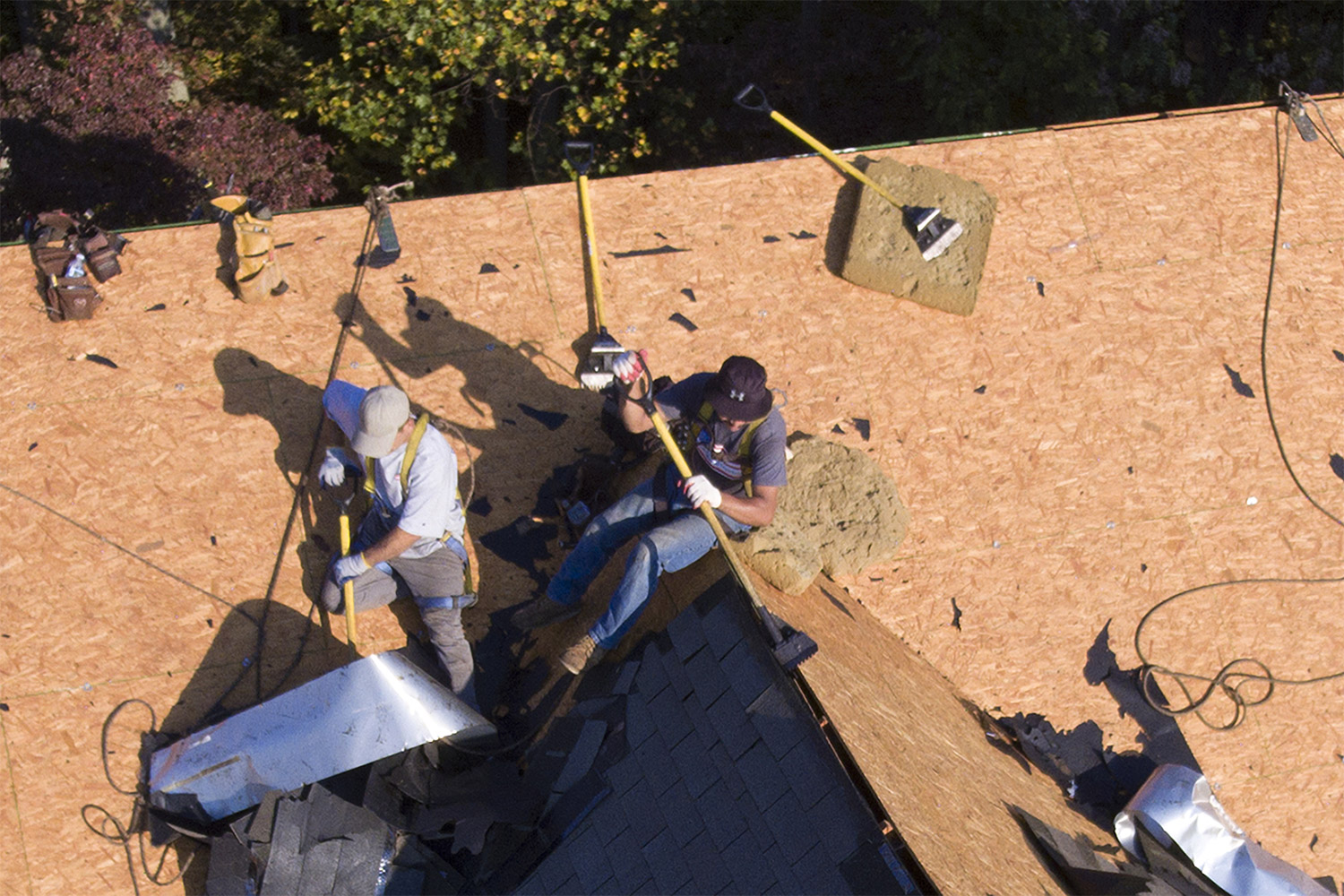 When a neighbor’s roof doesn’t match or a neighbor won’t replace his side of the roof, some homeowners have opted to replace the roof on their side only. It’s possible for a contractor to install flashing between the neighboring roof and the homeowner’s roof. However, this is not a recommended solution for a few reasons, including:
When a neighbor’s roof doesn’t match or a neighbor won’t replace his side of the roof, some homeowners have opted to replace the roof on their side only. It’s possible for a contractor to install flashing between the neighboring roof and the homeowner’s roof. However, this is not a recommended solution for a few reasons, including:
- Aesthetics. New shingles installed next to existing shingles on a continuous roofscape will not match in color. Time and weather will have aged the neighbor’s roof, and the granules that provide the color may have worn off.
If curb appeal and resale value are high on your list, aim for a full roof replacement. This will be easier for owners of a semidetached dwelling than for several people who live in a townhouse complex, although a shared quote for multiple roofs could save money for all concerned. - Performance. A partial roof may not provide the same level of protection against the elements as a full roof replacement. Worse, it may not resolve the issue at all in some cases. For instance, if your neighbor’s roof is leaking, but water is traveling across the beams and down the inside of your shared wall, a new partial roof on your side will not fix that problem. A qualified roof inspector can determine if a partial roof will work in your case or not.
- Cost. It may seem counterintuitive, but a partial roof can end up costing more than a full roof replacement. More time and labor are involved upfront because of the more complex installation and amount of cutting that’s necessary. Long term, a partial roof is more likely to develop problems sooner than a full roof would, requiring repair or further replacement.
- Aesthetics. New shingles installed next to existing shingles on a continuous roofscape will not match in color. Time and weather will have aged the neighbor’s roof, and the granules that provide the color may have worn off.
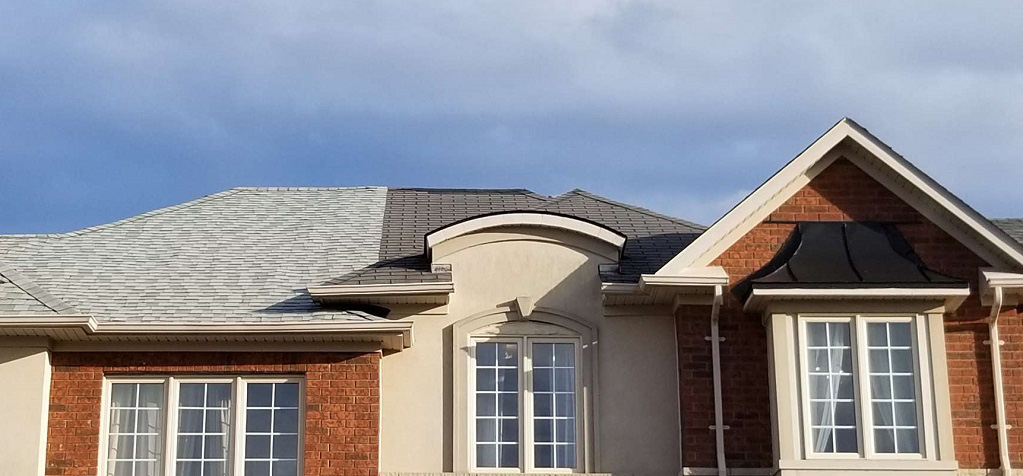
Here are some links to other articles that may help you choose a shingle color or prepare you to meet with contractors by knowing what questions to ask them. IKO can help you find a qualified roofing contractor.
We hope this article has helped you resolve some of the common problems when neighbors share a common roof.


